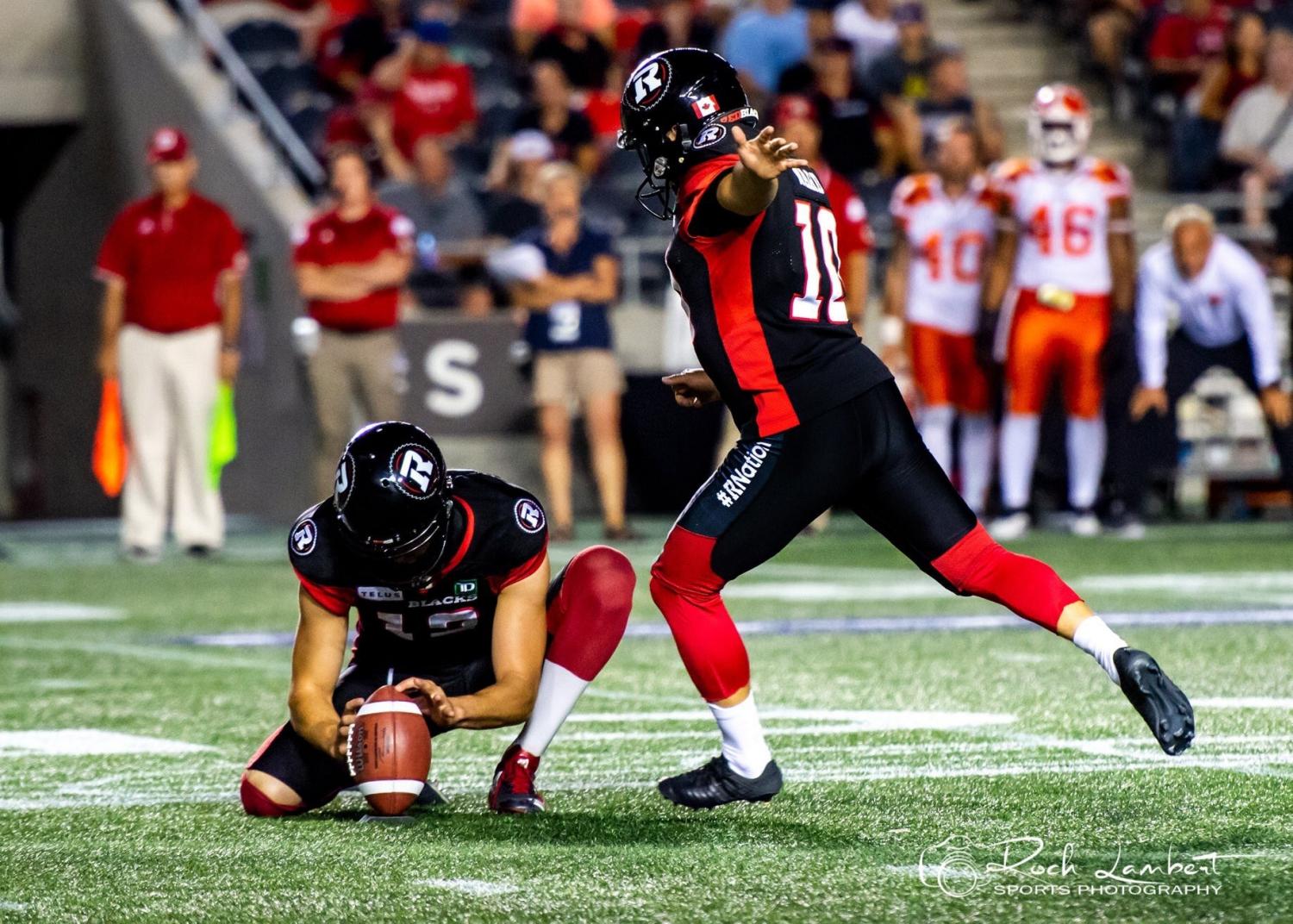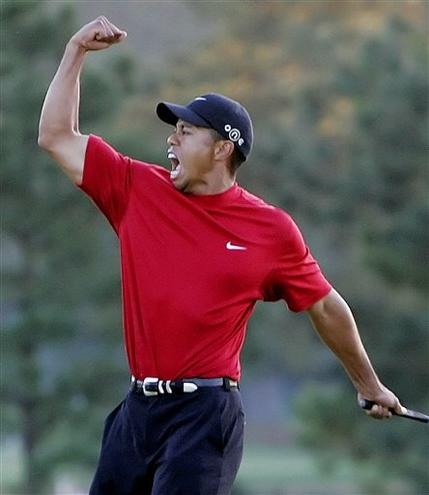
Tiger, Rory and the Past and Future of Golf
The third of the PGA Tour’s four major tournaments, the British Open, will begin on Thursday, July 14th, at the Royal St. George’s Golf Club in Sandwich, Kent, England. It will be the 140th playing of the Open, as well as the 14th time that the tournament will be held at Royal St. George’s. Notably, it will be just the second time since 1995 that the Open will take place without Tiger Woods in the field.
Much has been made of the car accident that Tiger was involved in on November 27th, 2009, and the subsequent revelations of his multiple affairs during his marriage to Swedish model Elin Nordegren. The international backlash and a rash of injuries have slowed Tiger over the past two seasons, preventing him from competing in several significant PGA events, including last month’s US Open. Even a healthy, pre-scandal Tiger wouldn’t be a sure bet to hoist the Claret Jug; while he’s captured three Open championships, a remarkable achievement when placed in any historical context, he struggled in his only trip to Royal St. George’s in 2003, finishing in a tie for fourth at +1 at a course considerably stingier than others in the British Open rotation.
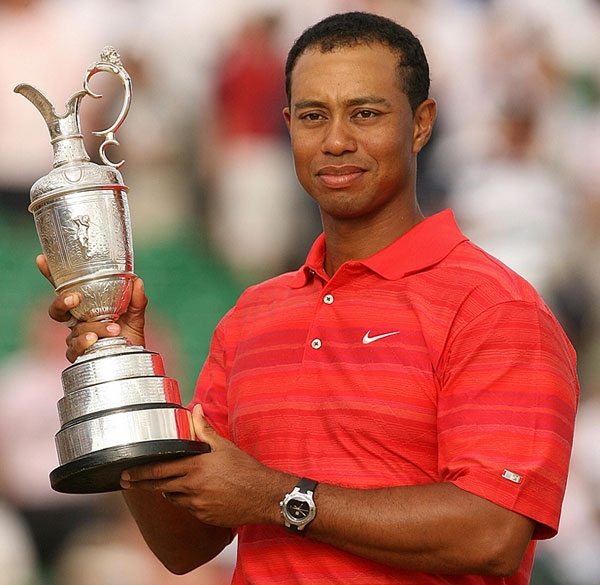
Men’s professional golf is currently in the midst of an unprecedented period of parity, with first-time winners claiming eight of the last nine major championships. From April 1997 to June 2008, Tiger won 14 of a possible 46 majors. Conversely, the current four major title-holders are renowned golf luminaries Louis Oosthuizen (2010 British Open), Martin Kaymer (2010 PGA Championship) and Charl Schwartzel (2011 Masters), as well as a 22-year old Irishman named Rory McIlroy (2011 US Open). These four men will compete alongside 152 others from Thursday to Sunday, each attempting to stake their spot among golf’s elite by claiming a second major. Still, most of the attention will not be cast on the field at Royal St. George’s, but on another golfer sitting at home, four thousand miles away, noteworthy this year only in his absence.
***
From the first time Tiger Woods picked up a golf club at the age of two, he was conditioned to win. Under the tutelage of his father, Earl, an accomplished amateur golfer and an officer in the US Army, he was hailed as a child prodigy, breaking a score of 80 at eight years old and beating his father for the first time at the age of 11. By his first few years on the PGA Tour, Tiger no longer won – he vanquished, chewing up opponents and churning out tournament victories like an automaton. He claimed three straight US Amateur Championships from 1994 to 1996 while attending Stanford University. Four months after turning professional in August 1996, he was named Sports Illustrated’s Sportsman of the Year, a feat he duplicated in 2000.
He’d win his first major championship, the 1997 Masters, at the age of 21; by 2000, Tiger had captured each of the four majors, and by 2002, he had eight major titles to his name. After a two-year slump, he returned to form in 2005, winning five majors in three years and capping his resurgence with an epic victory at the 2008 US Open, prevailing in a 19-hole playoff despite suffering from a torn ligament in his left knee and a double stress fracture of his left tibia. Tiger’s latest triumph left him with 14 major victories; three more than Jack Nicklaus, the current record-holder with 18, had won by the same age.
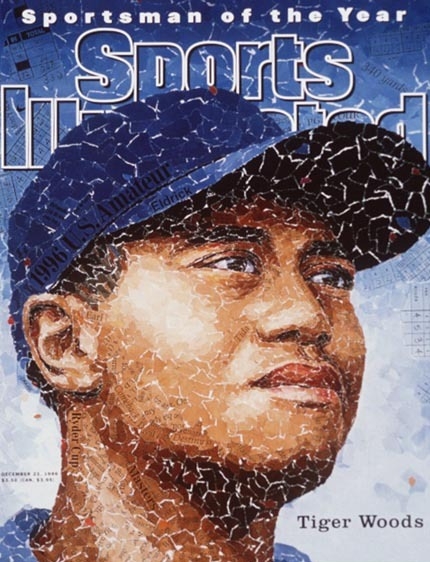
Tiger’s recent struggles have been complicated by the dissolution of his marriage, but there were subtle warning signs documenting the steady erosion of his play even before his infidelities came to light. Upon his return from reconstructive ACL surgery in February 2009, Tiger performed well, placing sixth at the Masters and winning three tournaments in four months. After missing the cut at the British Open, he would take a three-stroke lead into the final round of the PGA Championship, before falling victim to a Sunday charge by YE Yang, a 37-year old Korean who had won just one other PGA event in his career. It was the first time that Tiger had taken the lead into the final day of a major and gone on to lose. He would rebound at the BMW Championship, winning the tournament to close the season with 71 career victories on the PGA Tour.
Two months later, he crashed his car into a tree outside his Orlando home. He hasn’t won a tournament since.
***
To suggest that the game of golf needs a dominating personality like Tiger Woods to survive would be unfair. Without Tiger, the PGA is nestled comfortably in the middle-class of North American professional sports, alongside NASCAR, MLS and the UFC – an entity without the mainstream appeal of football, basketball, baseball or even hockey, but a game embraced by a devoted cast of followers and the most diehard of sports fans.
Still, golf has not banked its popularity over the past fifteen years on the accomplishments of Phil Mickelson or Vijay Singh or Ernie Els. The PGA has been defined by the supremacy of Tiger Woods, and without Tiger in the fold, the game devolves into a handful of nobodies hacking away at a tiny white ball – at least, in the eyes of the casual viewer. Just as the LPGA suffered on a smaller scale following the retirement of Annika Sorenstam, the PGA will be hard-pressed to avoid relegation to the back pages of the sporting world if Tiger is never able to reassert his dominance.
Which brings us to Rory McIlroy. A professional since the age of 18, the native of County Down, Northern Ireland combines his boyish enthusiasm with a devastating array of skills, including a picture-perfect swing that allows him to generate a surprising amount of power for his stature (he’s listed at 5’9, 160 pounds, compared to Tiger’s 6’1, 185). His fan-friendly demeanor has allowed him to instantly connect with American fans, the same demographic that has maintained a cordial, if not distant, relationship with Tiger through the years. After taking a few lumps early in his pro career, Rory looks poised to claim the #1 ranking in the Official World Golf Ranking within the next year or two, a position Tiger held for a record 623 weeks, including 281 in a row. While Rory has professed his intentions to compete full-time on the European Tour (the Swedish Elite League to the PGA’s NHL) in order to be closer to his family, he still plans to enter at least 11 or 12 tournaments in the U.S. per year, including all four majors.
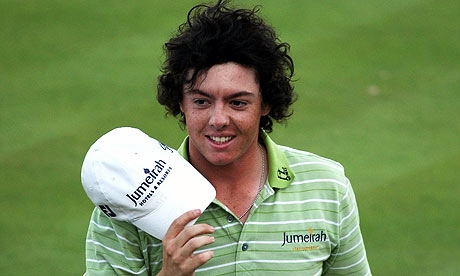
If Rory can live up to the golf world’s massive expectations, then he may provide something that the rest of the sport has proven they cannot – a suitable rival for Tiger Woods. Unlike Roger Federer or Rafael Nadal, Muhammad Ali or Joe Frazier, Seabiscuit or War Admiral, Tiger has never had a single challenger great enough to compete with him consistently. Each of his triumphs have come against fields of more than one hundred world-class golfers hell-bent on unseating the man at the forefront of their sport. Time and time again, Tiger prevailed. The other golfers weren’t short on skill, nor did they lack courage or mental fortitude, yet still, Tiger dominated. He was just too good.
Rory may finally be the golfer to enter the realm of Nadal and Frazier and War Admiral, the man with the ability to match wits with the champ. Just as Tiger won his first major at age 21, toying with the competition at Augusta National and winning by 12 strokes, Rory claimed his first major at 22, setting a US Open record with a finish of 16 under par. At this stage in his career, equating him to any golf legend may well be blasphemous, but many golf pundits have pegged Rory as having a legitimate chance to top Jack Nicklaus’ record of 18 major championships.
And therein lies Tiger’s problem. At the height of his powers, he was probably better at golf than anyone else to ever play the game. Without the numbers to back up the empirical evidence of his greatness, though, he still falls short of Nicklaus – four majors short, to be exact. Even if Tiger never connected with crowds on the same human level as Mickelson, the next-best golfer of his era, everyone who cares about sports should be rooting for him to escape his personal struggles. If Tiger never recovers to full strength, he’ll leave a certain historical emptiness in his wake – an otherworldly golfer that excelled for long enough, but never had a fair chance to fight Father Time.
With that said, there’s nothing wrong with casting your support behind a fresh-faced prodigy, namely Rory McIlroy. He’s what sports fans have waited over a decade for – a viable challenger for Tiger Woods, one that can match him shot for shot, refuse to let him rest, replicate his legendary competitiveness and, ultimately, push him to another level. As of the 2011 British Open, we’re just waiting on Tiger.



